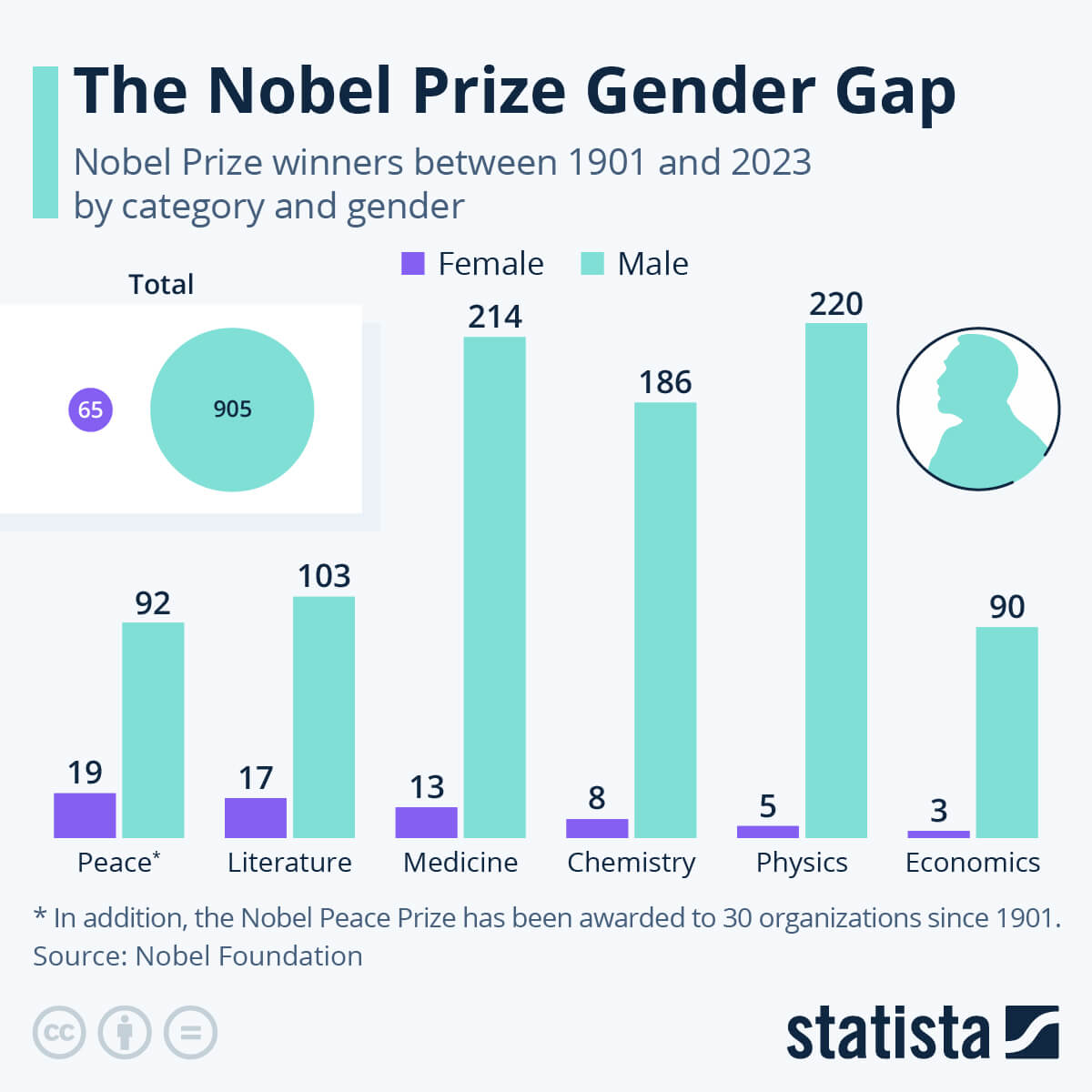
The Stark Realities of the Australian Gender Gap in Science
The latest results from an international test delivered by the Australian Council for Educational Research (ACER) show girls are falling significantly behind boys in science at Year 4 and Year 8, with Australia’s education gender gap the worst among 58 participant countries.
Further up the educational ladder, the Government’s STEM Equity Monitor 2024 reveals girls only make up a quarter of Year 12 enrolments in IT, physics and engineering. Low participation in these critical subjects directly impacts future opportunities for girls and is a major contributor to the gender imbalance in STEM tertiary education and the STEM workforce. Only 37% of university STEM enrolments are from women and women only represent 15% of all people working in STEM jobs.
All students possess the capacity to excel in science, yet many girls experience a decline in confidence in the subject. Stereotypes, bias, lack of role models, and classroom dynamics all erode their identity as being “someone who does science”.
Because science drives innovation and solutions, from climate forecasting to medical breakthroughs, the underrepresentation of girls significantly diminishes the potential for diverse perspectives and innovative solutions. That not only limits individual potential but weakens Australia’s capacity to lead in science and solve future challenges.
Understanding the Barriers
Experiences of bias and stereotyping begin early in life and have a significant impact on girls and women’s confidence and interest in science. The perception that some science fields are a better fit for males (physics, IT, engineering), particularly by influencers such as parents, educators, and career counsellors, is one of the biggest barriers to girls and women participating and persisting in these areas.

A lack of diverse female role models, whether in the classroom, at work, or online, further decreases the likelihood of girls considering science as a career option. A 2023 Australian study found the Year 11 and 12 science curricula featured only male role models, with British chemist Rosalind Franklin the sole exception in a few states1. New syllabuses are now working to address this lack of female representation.
Confidence starts in the classroom. Around Year 6, just as students start forming stronger ideas about who’s “good at science”, many girls, though just as capable as boys, begin speaking up less and doubting their place in science. This confidence dip often shapes future subject choices and long-term engagement.
Where Teachers Can Make a Difference
Small shifts in teaching practice can have a big impact on how girls see themselves in science. Research points to several proven strategies 2:
- Provide positive messaging with visible representation of women in science through posters, newsletters or guest speakers helping female students to picture a future in the field.
- Create ‘girls-only’ clubs or activities during lunch or after school to give students a chance to build skills and confidence in a safe space.
- Foster inclusive classroom dynamics by thinking about who gets heard, how participation is encouraged, and how success is celebrated. EP’s personalised learning and feedback supports girls without the pressure of “putting their hand up”.
- Tailor instruction and assessment to suit the different teaching and learning needs of girls. EP’s deep library of curriculum-aligned learning and assessment content can be assigned to individuals or small groups to ignite the spark for science, build confidence, or push high achievers.
- Engage parents and caregivers through science evenings, sharing stories in newsletters, and providing curricula insights and progress reports via EP.
Spotlight on Success
At Narrabeen Sports High School, Head of Science Cameron McDonald is using the EP Learning Cycle to shape a classroom where every student can succeed. With a diverse student body, Cameron tailors EP’s curriculum-aligned resources to meet his students where they’re at, providing Individualised Instruction.
It’s not just about female students but about creating a culture where everyone feels they belong in science. For the girls, learners who need more support, those lacking confidence in science, Cameron uses EP to scaffold and personalise lessons and deliver Purposeful Practice.
With EP’s Actionable Assessment tools, Cameron closely tracks growth, adapts instruction on the fly, and spends more time having meaningful check-ins with students. The combination of targeted resources, ongoing assessment, and strong teacher-student relationships is having a visible impact on every students’ engagement with science.
Practical Strategies for Educators
Take a page out of Cameron’s book to help girls thrive in science:
- Start with inquiry-led projects that spotlight diverse role models, showing students what’s possible, perhaps by incorporating EP’s female-centric teaching resources.
- Use AI-powered personalised learning and feedback tools, such as those in EP, to innovatively support girls by creating a low-pressure environment, allowing them to build confidence at their own pace without the anxiety of public participation.
- Tailor support to empower every girl in science by tracking progress, filling knowledge gaps, and building confidence.
- Pair that with strong differentiation strategies, and you’ll have the tools to engage every female student, no matter their starting point.
Conclusion: A Future All Girls Deserve to See Themselves In
Science education should be where curiosity is sparked, not shut down. With the right tools, messages and mindsets, educators can help every girl see herself as a scientist, a problem-solver, a leader. It’s not about fixing girls; it’s about fixing the systems and classrooms that let confidence quietly slip away. With EP, teachers have what they need to tailor support, celebrate growth and create inclusive spaces where every student feels they belong in science. That’s how we close the gender gap, by showing every girl she already has what it takes.
Learn more about how Education Perfect can support closing the gender gap in science by contacting our Specialist Science Curriculum Advisors.
Sources
- Ross K, Galaudage S, Clark T, Lowson N, Battisti A, Adam H, Ross AK, Sweaney N. Invisible women: Gender representation in high school science courses across Australia. Australian Journal of Education [Internet]. 2023 Nov [cited 2025 Jul 31];67(3):231–252. Available from: https://doi.org/10.1177/00049441231197245
- Mathura, S. (Ed.). (2024). Empowering women through STEM education. Shanlax Publications; Cooper, K. (2018). Girls in science: Voices for change. CreateSpace Independent Publishing Platform; National Girls Collaborative Project. (2023). Empowering girls in STEM: Classroom strategies from the National Girls Collaborative Project. Activate Learning.




